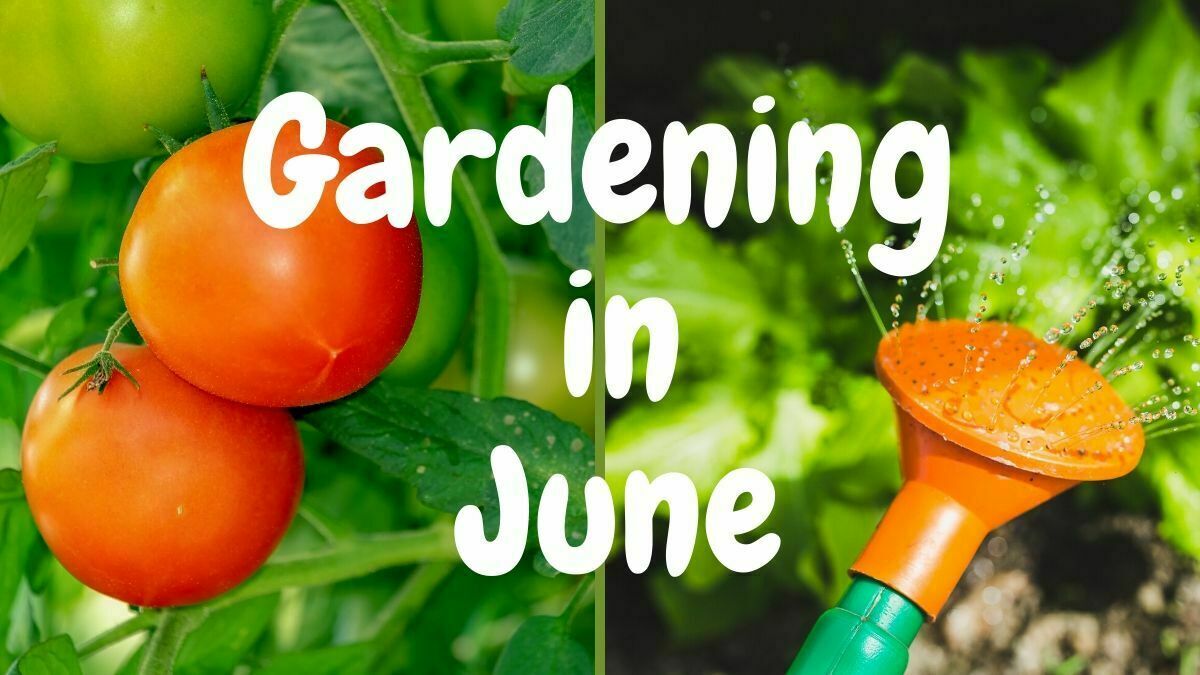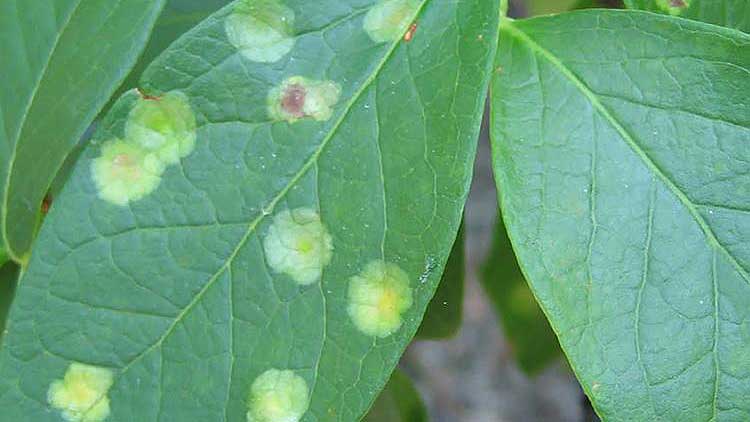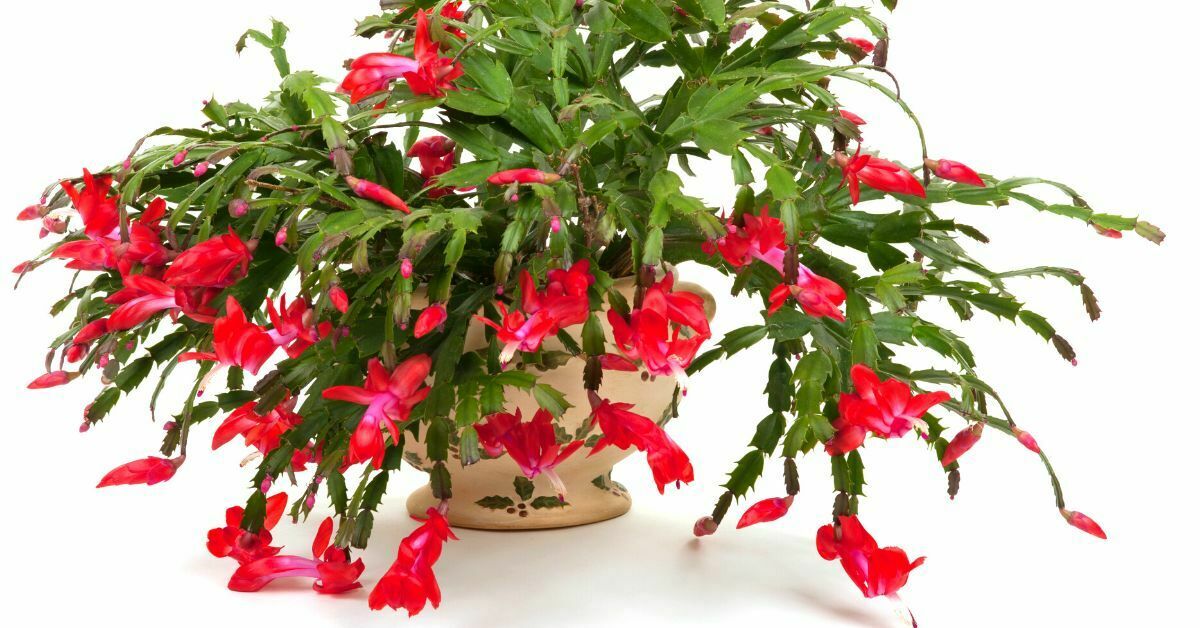June is the harvest time: the vast amount of preparatory work in spring, now pays off in several ways. Cherries, raspberries, and vegetables can be harvested now, and splendidly blooming flowers in their diversity are ideal for self-made bouquets. So here are the essential tips on gardening in June to remember
Gardening in June: planting, weeding, harvesting
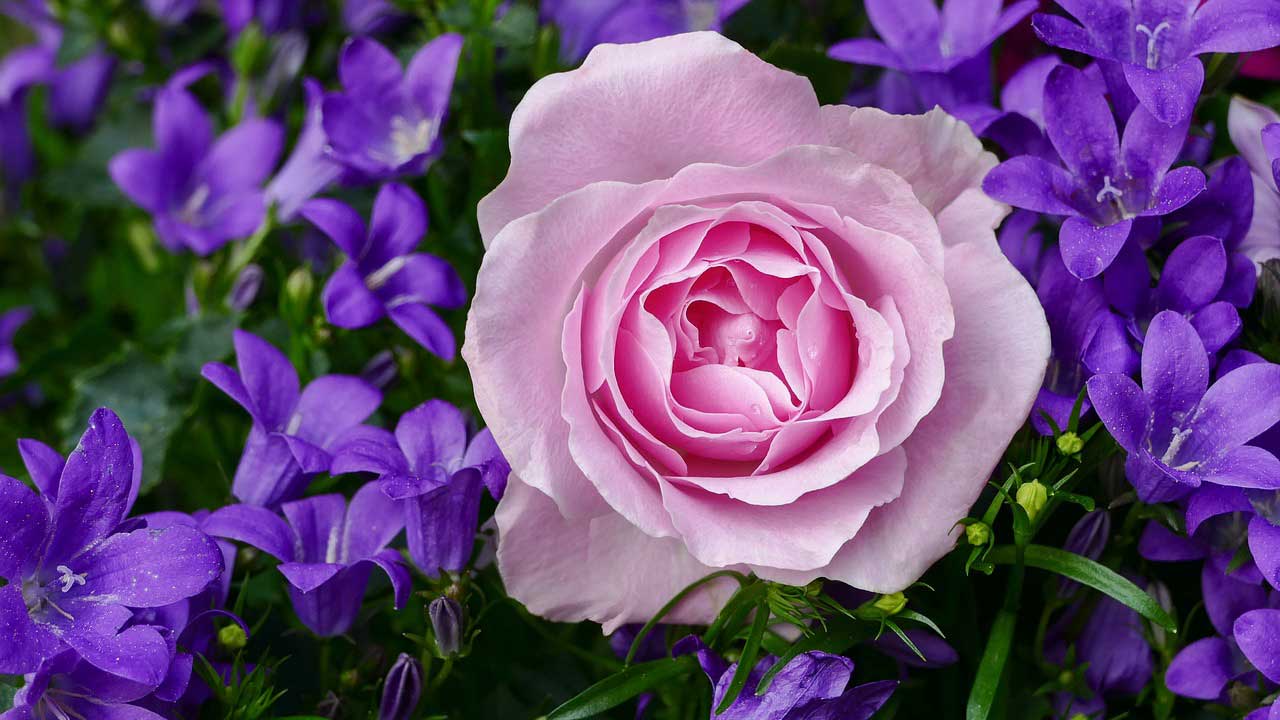
There is a lot of gardening to do in June. The lawn must be shortened, the fruit trees need pruning, or flowers and vegetables sown. But the risk of pests and diseases is now particularly high. Keep reading to check and remember what is important in June when gardening.
Tips on Gardening in June – Protection against pests
In this month pests are booming, below all, are on the rise…
- Leaf bugs on Angel’s trumpets
- Scale insects on oleander and citrus plants
- Gall mites on currants
- European corn borer
- Thick-mouth weevils on evergreen plants
- Whitefly on gentian bushes, aphids on hibiscus
- Rust fungus and grey mold on geraniums
- Carrot flies on the carrots
One of the important gardening tips on June is this -The infestation of some plants can be prevented by laying on a net immediately after sowing. In addition, chives sell some vegetable pests in the immediate vicinity.
Check the front and underside of the leaves regularly to be able to react quickly in case of infestation. Spray mixtures or other pesticides work better if used early.
Natural pest control such as insect hotels, hedgehog castles, tit boxes, or corresponding plants can be lured into the garden againist ladybirds, lacewings, bees, or hedgehogs. Bees and bumblebees that pollinate the fruit trees are attracted, among other things, with a bumblebee castle, which is placed on the ground in a quiet garden corner.
Fighting snails
Those who successfully control the first snails have a good grip on the plague over the summer and, at the same time, protect the tender young plants from infestation. A wide layer of chopped wood or similar loose and angular obstacles make it difficult for the snails to access the fresh green.
Avoid fungal diseases
The warm days in June, combined with rain showers, offer ideal conditions for fungal diseases. Mulch strawberry beds with straw or wood wool so that the fruit does not lie directly on the ground and rot.
Proper strawberry cultivation also ensures a healthy harvest ( there are tips here ). Tomatoes are also sensitive to rain. They are at risk of leaf blight if fruits or leaves get wet. Rain tarpaulins or a tomato house offer sufficient protection, which must be taken into account when growing tomatoes.
How to keep your lawn fit
When mowing the lawn, the fresh green is regularly cut back to four to five centimeters in June to compact and strengthen it. In the so-called “mulching,” the grass can then remain on the ground covering the surface. This leftover grass keeps the moisture in the soil and fertilizes the lawn in this way. Alternatively, beds and borders can be mulched.
Keep an eye on weeds
When it comes to tips on gardening in June, this one is one of the vital points. Not only summer bloomers, but weeds like shepherd’s purse or chickweed also grow particularly well in the warm temperatures. Therefore, make sure to remove weeds and loosen the soil regularly. This will prevent the unloved plants from spreading. Newly planted trees have to be specially protected against greedy weeds. Vigorous species such as the grasshopper or greed take away too many nutrients from the young plants.
You should now keep an eye on weeds, especially around your trees. If too many weeds grow near the trunk, this can lead to collar blight. It is best to keep a weed-free area of up to 100 centimeters depending on the trunk’s thickness. A layer of mulch in this area can also save you weeding.
Topiary for shrubs and hedges
Evergreen trees and hedges such as boxwood, cypress, or laurel are pruned at least once from June to August. The end of June is the best time for this when the woody plants have their greatest growth period behind them and stay in shape after pruning. But be careful: because of breeding birds, only shape cuts are allowed. Otherwise, there is a risk of damaging nests or the animals themselves.
Now plant vegetables outdoors
You can put aubergine and cucumber outdoors as young plants in June. No more damaging frost threatens at the beginning of June at the latest.
You can still plant lettuce, cabbage or carrots. However, if you look for low-priced follow-up seeds and mixed crops, you protect the young plants from pests and fungal diseases. The new plants are fertilized about four weeks after planting – for example, with compost.
It is also not too late for sowing. Fruit vegetables such as zucchini, pumpkins, watermelons, cucumbers, or beans can still be stuck. They bear the first fruits within a few weeks if they get enough heat and water.
For rhubarb, on the other hand, the harvesting season is over: from June 22, rhubarb may no longer be harvested. The sticks then developed too much oxalic acid, which is harmful to health in large quantities. Harvest the leaves entirely by June 21 and work enough fertilizer in the surrounding area. The plant now has time to recover.
Info: You should no longer harvest asparagus after June 24. Bring the stalks out of the soil until the day and then fertilize the soil sufficiently with nettle slurry.
Harvest and plant potatoes
Potatoes planted in April are harvested as soon as they have flowered. At the same time, the late potatoes are planted – for example where the kohlrabi was harvested. So there are no gaps in between. Pay attention to crop rotation and do not place plants in the same places.
Since pests and fungal diseases usually only threaten one plant species, this prevents them from spreading and infesting again.
Tie up tomatoes
In tomato plants, the side shoots are removed from the leaf axils of the plant, i.e. broken out and removed. This prevents the strength of the plant from going into further unnecessary shoots and makes the harvest richer. In addition, the plants should be loosely attached to bamboo or wooden poles so that the tomato plant does not break off at maturity due to the heavy load.
With pepper or chili plants, the first flower must be broken off. Removing the so-called king flower promotes the flowering shoot and thus the yield of the plants.
Harvest onions
Until the harvest, you should water your onions sufficiently. About two to three days before the harvest you should stop watering. When the above-ground green (vents) of onions wilt, the onion, and its leaves are pulled out of the ground. This allows the juice to be drawn into the onion when it dries.
Onions are usually only cultivated as one or two years old. However, there are also perennial plants that produce white flower balls in the second year. Their valuable nectar attracts bees and bumblebees into the garden.
Berries and fruits
Currant needs support
With currant high stems the root worm and unwanted shoots on the stem are regularly removed. Root cuttings are shoots that grow out of the soil alongside the plant. They shoot directly from the underground root. In addition, the high-stemmed species are supported with stakes, as the plants cannot bear the weight of their fruits. It is best to place the poles right when planting.
Incidentally, mildew-free and tasty varieties of currants and gooseberries are best propagated by cuttings at maturity.
Info: It can happen that the currant does not bear fruit. This is not always due to gardening mistakes. Rescue measures are not necessary, as the shrub will often bear sufficient berries again the following year.
Harvesting, pruning and rescuing sweet cherries
The red fruits are harvested in the seven cherry weeks from June to August. Sweet cherries are ripe first, followed by the sour varieties. Yellow boards, which were hung in the cherry trees to protect against cherry fruit flies, can be removed.
They only help in the time when the pests have flying time. Dispose of old traps and maggoty cherries not in the compost but in the residual waste.
This will prevent the animals from spreading. After harvesting the cherries, thin out the branches of the fruit trees. In addition, all fruit trees need a lot of water and fertilizer in the warm season.
Do something good for your fruit trees by covering the root area with bark compost. This will protect them, especially on very hot and dry days. The plants will thank you with lush growth and good yields.
Better flowering by plucking
In order to keep it that way, you should regularly pluck or cut off wilted flowers, this will stimulate the new flowering. Even withered leaves must be removed. This promotes growth and prevents the development of fungal diseases. This also applies to potted plants.
It is also important to remove the withered parts of the rhododendron and peony.
Sow annual and biennial flowers
Gaps in the bed are prevented by adding new plants. Perennial poppies, for example, disappear completely. Annual plants can be sown here. These include;
- Marigold,
- Cornflower,
- Ice begonia,
- Tagetes,
- Colored nettle,
- Zinnia,
- Gold lacquer or
- Sunflower.
Independently of this, biennial flowers such as violets, pansies or carnations are now also sown. Advanced plants ensure a faster blooming.
Rose care is especially important now in June.
With roses, the wild shoots with the small leaves must be thoroughly removed from the ground. Climbing roses such as the “Symphatie” variety are supported and steered in the right direction with the help of shoots or by tying them up. From the end of June, you can also graft your roses.
The best time to combine beautiful and robust varieties with young, vigorous plants is during high flowering.
Perennials are in top form.
Flower and leaf perennials are in season all year round and bring color into the garden. These perennial plants with herbaceous stems rarely lignify. Some perennials are pruned while they are still in flower, even if it is difficult to sacrifice the flowering pile – but this has a purpose: sometimes there may be a second flower.
It should not be later, otherwise, it has used all its strength for the first flowering, and there are no resources left for a second development.
Take special care of the balcony and container plants.
Plants in tubs and window boxes, in particular, need regular fertilizer additions. Either use long-term fertilizer for this or add liquid fertilizer when watering. You can loosen crusted earth with a weed claw or a kitchen fork. The soil can absorb and store water better.
Greenflower, Bougainvillea and Angel’s Trumpet
You should remove the berries of the floret so that it continues to bloom vigorously. With the decırative lily, faded shoots are cut off at the base. You can regularly shorten fast-growing shoots like the crepe myrtle. Ornamental plants that have fallen out of shape are now simply pruned.
The bougainvillea shoots should be pruned back by a good two thirds after flowering. The popular angel’s trumpet should be showered more often. It loves high humidity and does not tolerate a location in the blazing sun.
Now quickly create the herb bed in June.
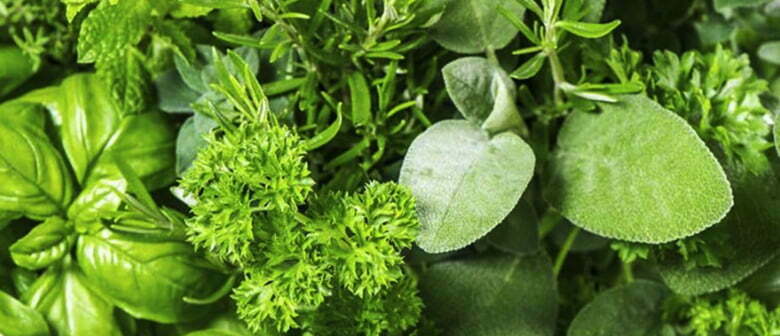
Those who have not yet planted a herb bed should start doing so in June at the latest. Herbs like parsley, basil, savory, and marjoram can still be sown. It is easier with plants such as thyme and sage. Avoid discount goods. The plants are usually highly cultivated and only survive for a short time.
Remove the tips of Mediterranean herbs such as thyme, sage, lavender and rosemary regularly so that they grow more densely and do not become bald at the bottom. Pruning basil and coriander is also worthwhile: the plants branch better and produce more aromatic leaves. The flowers of basil and sage are also very popular with bees and bumblebees.
Now you should check the biological balance in your garden If you have a pond. Also, now is the best time to divide large aquatic plants and plant new ones. If greenery falls from the garden into the pond, it must be fished out.
Because the parts of the plants rot, which disturbs the oxygen balance in the water – fish could suffocate. Store the fished leaves briefly next to the pond so that the aquatic animals hidden here can go back into the water.
Beware of greenhouses
Greenhouses must be well ventilated and also shaded during the warm season, otherwise, the plants will burn. In the greenhouse you can, of course, also prefer other herbs and vegetables. However, peppers and tomatoes should then no longer be put outside, it is already too late for them.
Tip of the month
Heavy rainfall during the hot and dry season encrusts the soil and makes it impermeable. Dryness can be counteracted by loosening the soil with a garden claw and a layer of mulch, for example by cutting the lawn. However, loosening also improves the water absorption capacity and surface of the soil.
| What you can harvest now: | |
| Cabbage & beets | Cauliflower, broccoli, potatoes, kohlrabi, red cabbage, pointed cabbage, white cabbage, beetroot |
| Herbs & onions | Spring onions, chives, parsley, marjoram, oregano, thyme, rosemary, sage |
| Leafy plants & perennials | Salads, chard, spinach |
| From the greenhouse | Cultivated mushrooms, peppers |
| What is blooming now? | |
| Trees | Horse chestnut, cherry, linden |
| Shrubs | Rhododendron, elder, wild roses |
| Climbing plants | Winds, roses |
| Flowers & perennials | Delphinium, peonies, irises, tagetes, verbenas, lobelias, Gazania, day lilies, wild flowers such as corn poppy, cornflowers or chamomile |
| From the warehouse | Apples |
Image credit: countryliving
